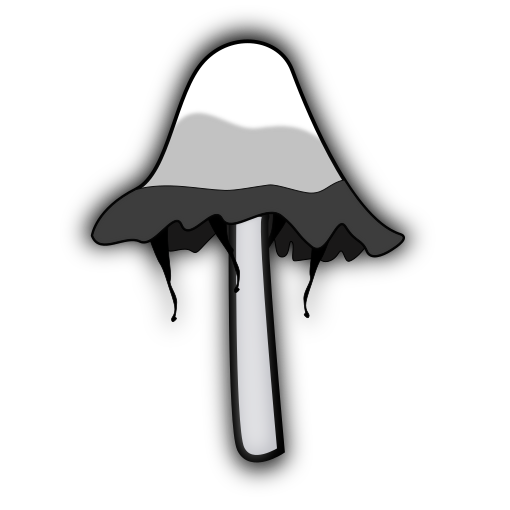- 13 Posts
- 12 Comments

 14·1 year ago
14·1 year ago2% of the 4.6% of the millineal wealth. A bit different than 2% of the total.

 12·1 year ago
12·1 year agoYou might be right about the politicians and those in power pushing for those changes but which generation is the one that predominantly voted them in? That’s why a lot of people blame the boomers. Plus, go look at the average age of a lot of our leading politicians.

 3·1 year ago
3·1 year agoYea that’s what I mean. Those who were wealthy had the means to leverage the situation and at worst maintain. Everyone else sank lower.

 18·1 year ago
18·1 year agoIt doesn’t make that claim. It’s just that if you were wealthy between 2020 and now you can more easily navigate the price hikes by refinancing during the housing boom, sellings off assets, and shifting investments around.
But people in lower incomes don’t even have assets/savings to fall back on so they just lose harder when the prices hike.
 42·1 year ago
42·1 year agoFrom article VI (3rd paragraph)
"The Senators and Representatives before mentioned, and the members of the several state legislatures, and all executige and judicial officers, both of the united states and of the several states, shall be bound by oath of affirmation, to support this Constitution; but no religious test shall ever be required as a qualification to any office or public trust under the United States."
REMEMBER TO NEVER EAT WILD MUSHROOMS UNLESS THEY HAVE BEEN IDENTIFIED BY A PROFESSIONAL.
The ELM OYSTER is a similar lookalike that can be misidentified as an edible oyster musbroom
Edible Oyster mushrooms have a white to light brown to a darker brown, funnel-shaped cap, with whitish- yellow gills running up a short off-center stem. The flesh is white. The cap is usually 5 to 25cm (2 to 10”) across and it grows in a shelf-like formation often with overlapping clusters. Gills are white and decurrent. The stem is very short, stout, lateral, and they are somewhat hairy near the base.
Stalks are short and stout measuring 2.5 to 10 cm (1 to 4 inches).
Oysters are saprotrophic so they are found growing on logs, or on unhealthy or dying trees. They are commonly found on deciduous hardwoods, especially beech and aspen trees. They are rarely found on conifers as well. They can be found in forests in sub-tropical and temperate climates.
White to grey or slightly lilac grey.
Summer and autumn, or in warmer climates they can be found in winter as well depending on geographic location.
Decurrent gills that are close. Whitish or with a gray tinge and sometimes yellowish when aged.
Oyster mushrooms have a delicate, mild flavour with a velvety texture. Can be eaten raw or cooked although raw means that it probably won’t digest properly
I think you usually cut the bread into slices first.

 2·1 year ago
2·1 year agoWait how so?

 1·1 year ago
1·1 year agoDid it taste as good as it looks! It looks fantastic OP!
There really needs to be a way to advertise options like Lemmy to people that are still on the site. Many may not know what other options they have.
I did knot see that coming.









I’m glad that you are doing better now. Thank you for sharing your story and experiences.